
Get away from it all on Taiwan’s east coast – hot springs, fried flowers, indigenous villages, and mountains
We visit Taimali Township, travel the Flower Route and eat fried daylilies, ascend Kinchen Mountain and watch the fishing boats come in at Sanhe in the last of our three-part series on the east coast of Taiwan
It’s a midweek afternoon, and a few local men are having a barbecue on the long Taimali Beach in Taiwan’s Taitung County. My friend and I have stumbled across them on our third and final stretch of our trip exploring the country’s less trodden east coast – following a stop in Doulan and Green Island.
Taimali Township, a collection of rural villages, sits along an expanse of high-cliff coastline, by the winding Number 9 highway, with a huge expanse of soft black sand below. Word has it swimming is banned here due to a voracious undertow.
The men are sheltered from an early winter wind in a thicket of palms. A good amount of a bottle of kaoliang winer has already been drunk, and they are red-faced and in good humour.
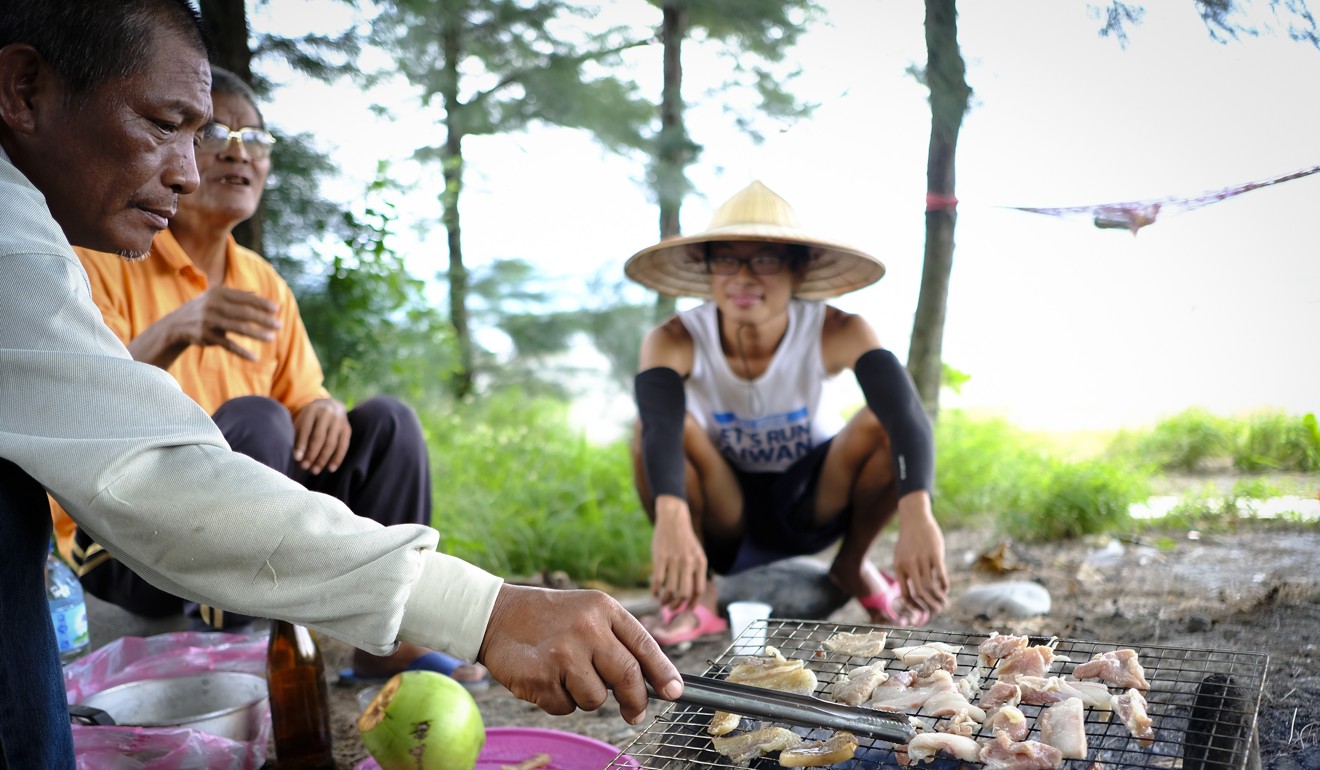
We head on a scooter for Taihe Village, a few kilometres south. From in front of Taimali train station, visitors can watch the sun rise over the eastern horizon.
Taiwan’s secret surfing paradise and artist’s haven getting more popular by the day
From the station we head for mountain road 6, punishing our 50cc scooter on the incline towards the aboriginal village of Xin Xing. No more than a few kilometres out of Taihe, with its chain dumpling restaurants and convenience stores, these indigenous mountain settlements offer a taste of what was one of the first cultures to call this island home. After nearly being wiped out by colonialism, it is slowly being revived.
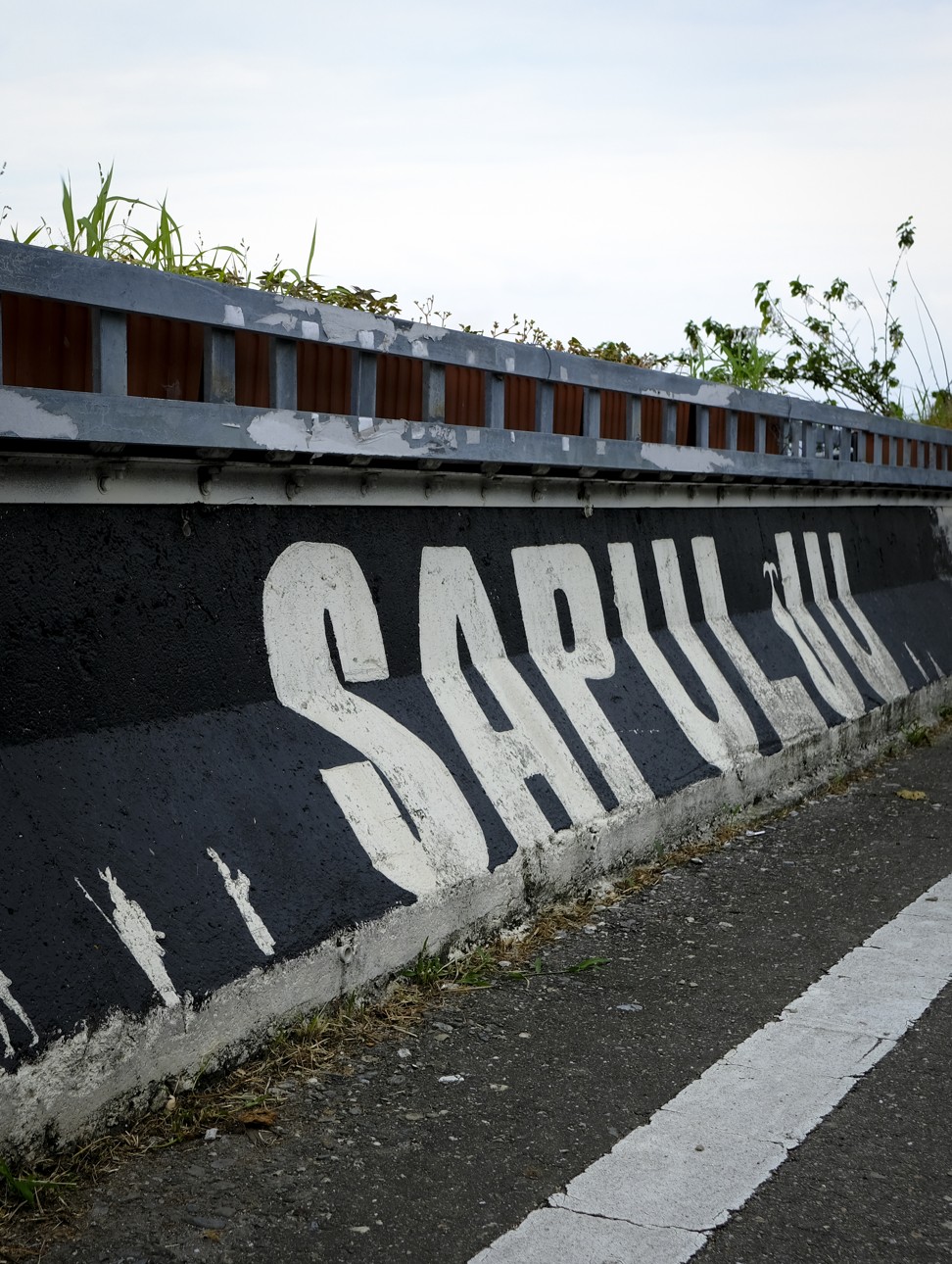

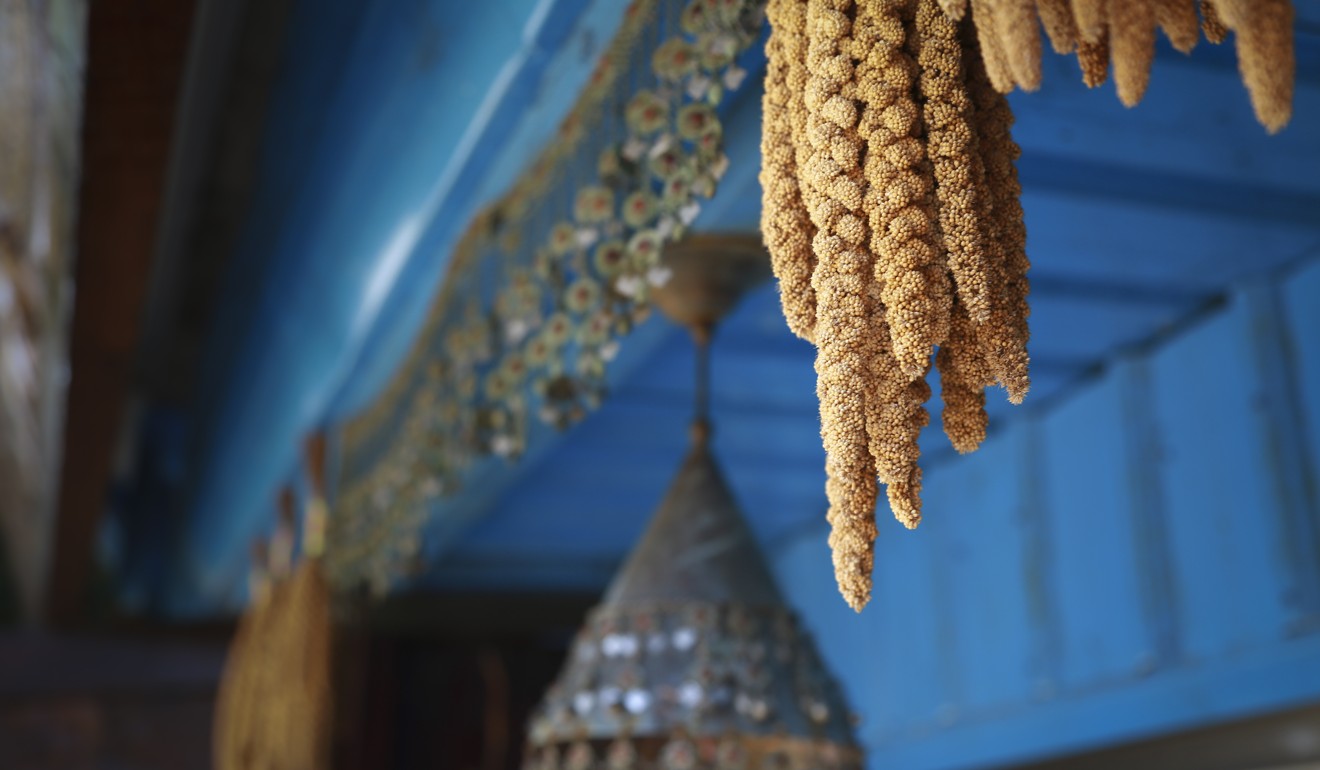
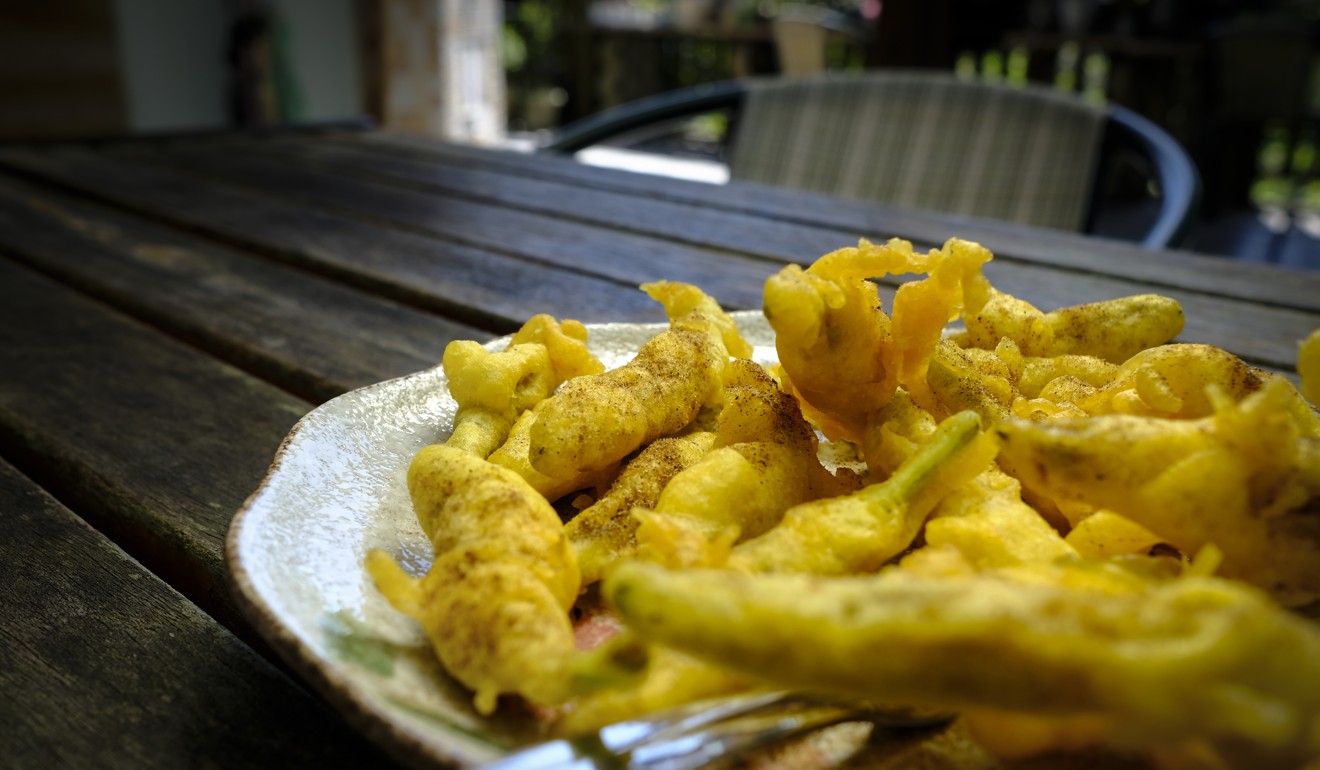
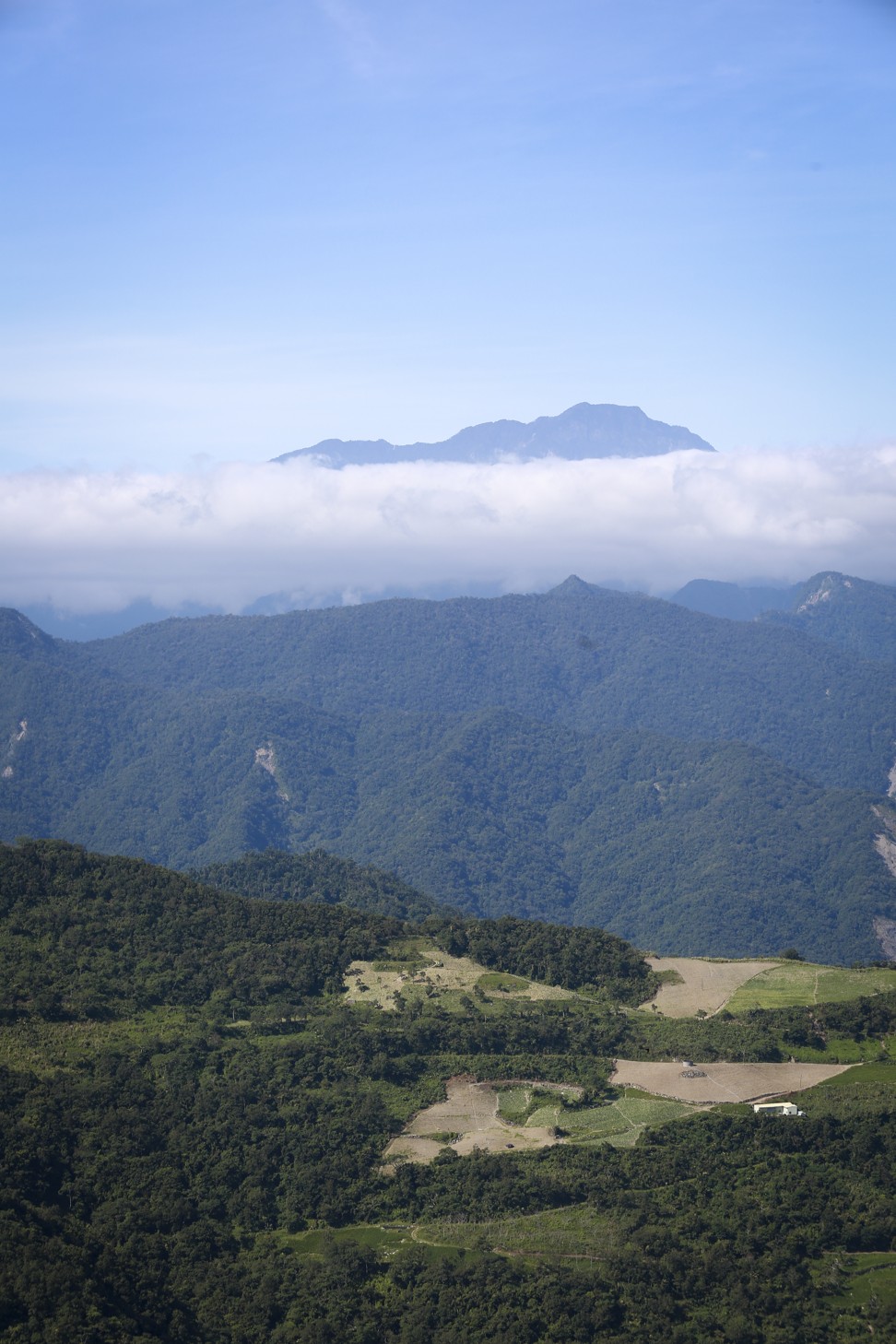
It’s a slow drive back down the hairpin mountain road, and another 10 kilometres from Taihe Village to the neighbouring community of Jinlun, a small coastal town at the wide, dry mouth of a river of the same name. In town, we turn inland toward the green foothills, heading for the red steel bridge and the hot springs.
Taiwan’s paradise isle: Green Island worth braving the ferry ride for dramatic views, history and some divine dive sites
Beside the river, in exposed areas of soft clay amid the smooth rocks, locals and tourists have dug pits to hold the natural spring waters. The clear, mineral rich liquid is comfortably warm, the sediment soft underfoot. Upriver, beyond the broken footbridge, there are deeper natural pools. Downriver, in town, the waters feed the many hot spring hotels and B&Bs, but this is an experience best enjoyed in the open air.
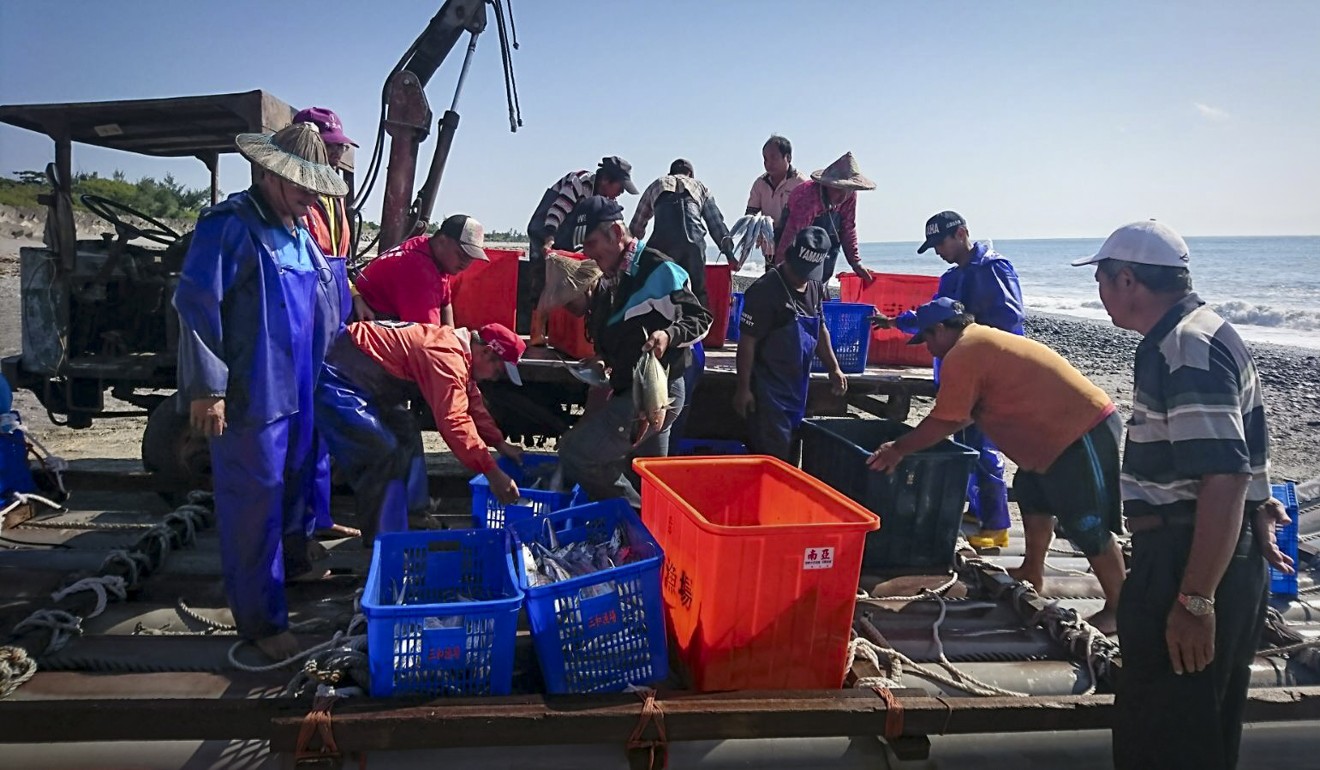
“If the waves are too big, the boats can’t come in,” says the restaurateur, smiling at the prospect of what he has been told is a great haul of fish.
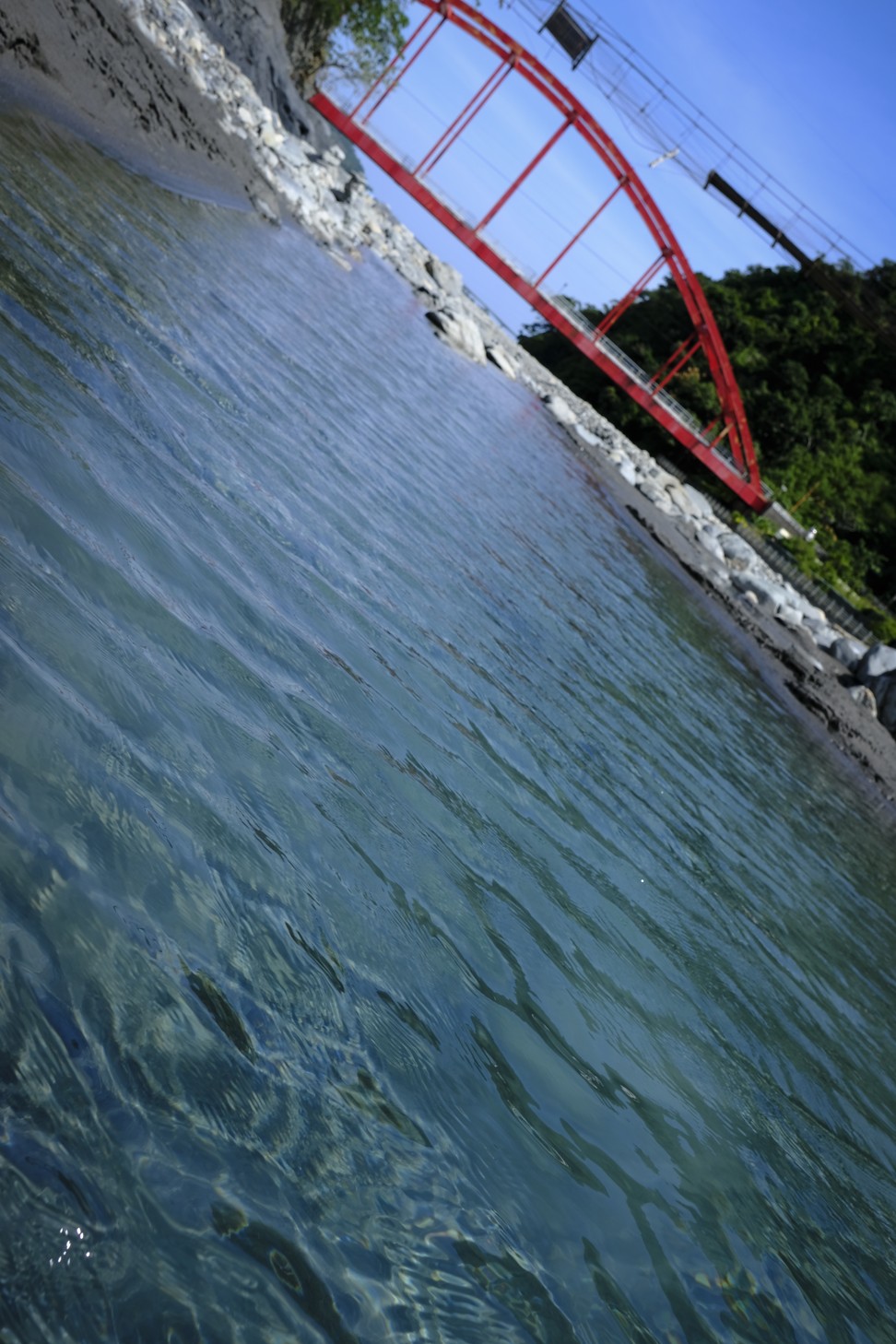

It’s a reminder of humankind’s clumsy lordship over the sea in a place where the economy is adapting to a time when perhaps the land and the ocean might not be so giving, or forgiving. But if the tourists come, the locals will have a way to get on in Taimali.
For now, there are still those lean months of autumn and winter when visitors are few and far between. It may not be so good for the people of this township, but for the traveller looking to avoid the masses, though, it is a welcome chance to walk the beaten path as though it were still far from the madding crowd.
Getting there
From Taitung railway station, trains run hourly between the city and Taimali Township, the 23 kilometre trip taking around 20 minutes. The 1778 bus also goes from Taitung to Taimali station, taking around half an hour.
Staying there
Taimali Hotel in Taihe Village is located between attractions in Jinlun and Sanhe village, a short drive down the hill from Taimali Station.
